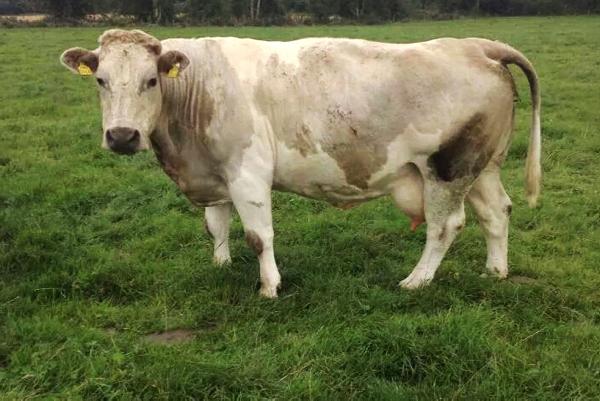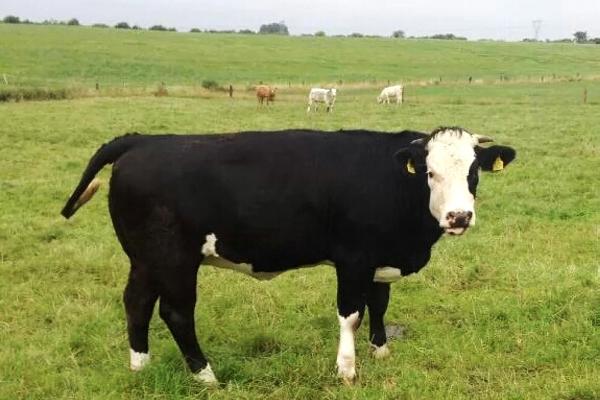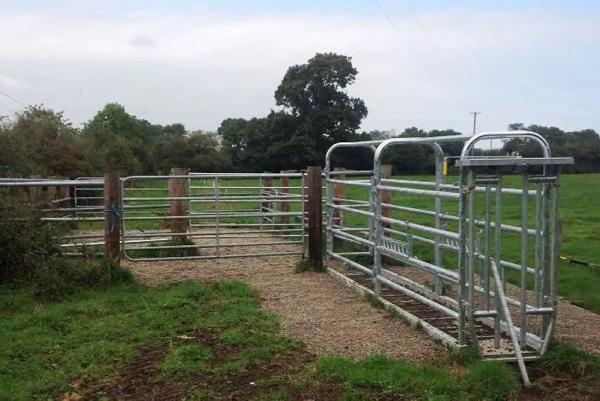Earlier this week we took any remaining heifer calves and their mothers away from our main group of sucklers. Our farm is divided into three relatively equal blocks of land.
One is located a couple of miles from the main yard and carries both replacement and beef-bound heifers. The bulk of our silage is also made on this holding. In previous years our beef bulls usually grazed the land around the main yard.
Their absence this year (16 month system trialled) meant we could keep a small group of cows and their progeny at home as well as doing some warm-weather reseeding and taking some silage. The majority of our breeding herd is then confined to a farm about seven miles away.
Some weeks ago the eldest heifer calves and their mothers were pulled from this group. This week myself and my brother finished the job. Any females were drafted off with their mothers and loaded up to be brought home. The set-up is good for jobs like this and it needs to be. This crush sees a lot of action during the summer months and the AI man needs to be kept happy!
Replacements
As the animals ran onto the lorry, I couldn’t help but begin to earmark next year’s replacements in my head. Personally anything with Simmental genetics does the trick for me.
We haven’t ventured down the sexed route yet but a Simmental calf out of a continental cow ticks most boxes regardless of gender. This year I slaughtered a set of my own Simmental-sired twin bulls (HKG) out of a Charolais X Limousin cow on her second parity and they weighed exceptionally well.
I’ll admit I was hoping to expand my own little breeding herd but my disappointment disappeared fairly quickly when I was given my share of the cheque. The double cash injection affords me the luxury of investing in one of last year’s females and I’ve got my eye on one beast in particular.
Buying
She is a Simmental (APZ) out of a Blonde x Friesian cow, in calf to an easy calving Limo. As you can see, she’s a very well put together animal and that dash of black and white in her should bring plenty of milk. I reckon I’ll have my work cut out convincing Dad to part ways with her though.
She is running with 22 comrades at the minute; the complete female proportion of last year’s calves. Ten of them were bred and so far they all looked to have held.
In total 52 animals were served this summer as we look to expand the herd further. Empty cows will probably be hung up in the springtime. Apart from these ladies, no culling decisions have been made as of yet and probably won’t be for a while. It’s difficult to pick culls when so much effort goes into breeding these animals. Age obviously comes into play but what do you do in the case of a cow that has given you 13 calves in 13 years with seldom need for a jack?
Keeping her for much longer is a contradiction of the whole AI/genetic improvement philosophy, but the temptation is obviously there. She is a Simmental cross with ample milk. However, the last couple of years she’s turned sour at calving time.
Her docile temperament quickly changes after parturition and she gets very nasty in the weeks post-calving.
This year she was extremely hesitant to let her calf suckle for the first couple of days; you can imagine the hardship! Once the return to pasture comes though, there isn’t a bother on her.
It’s a tricky one; what would you do?






 This is a subscriber-only article
This is a subscriber-only article













SHARING OPTIONS: